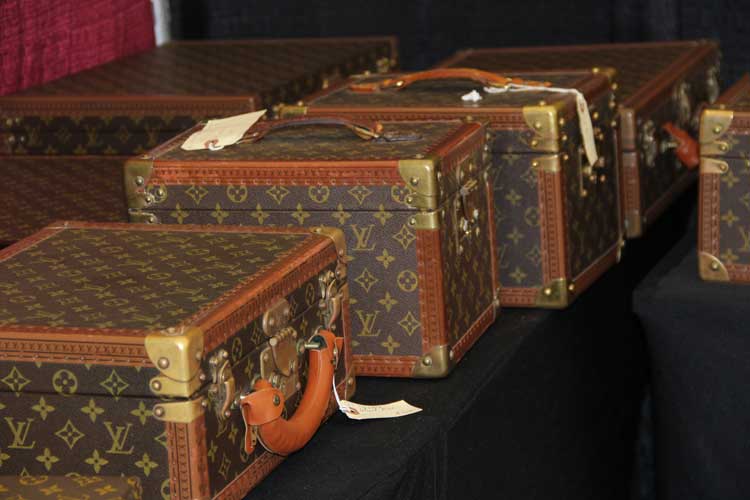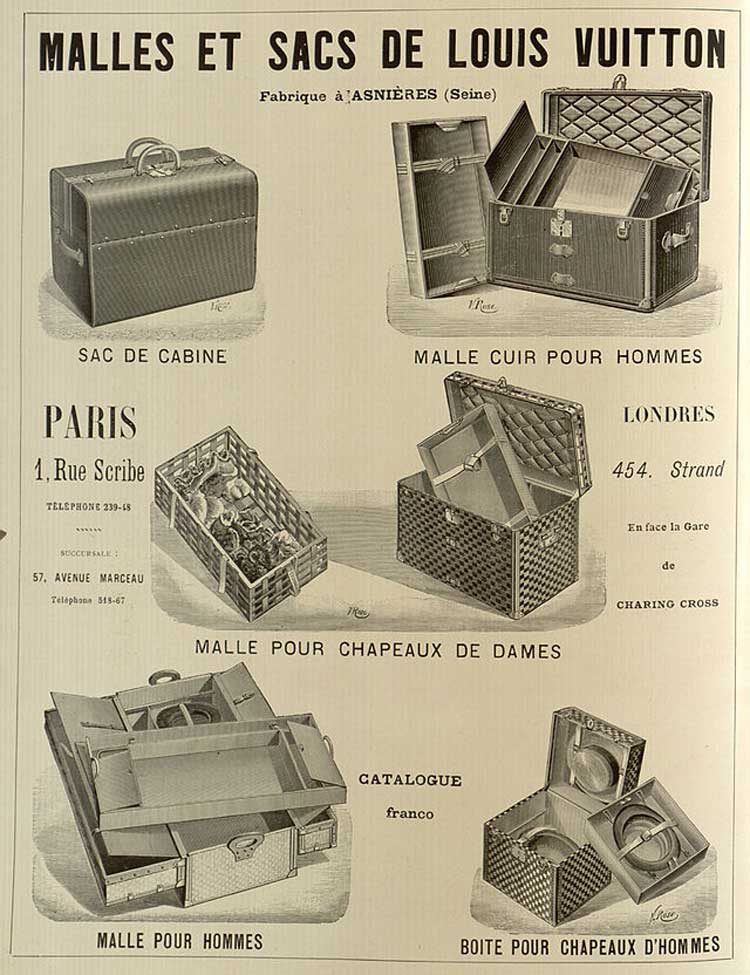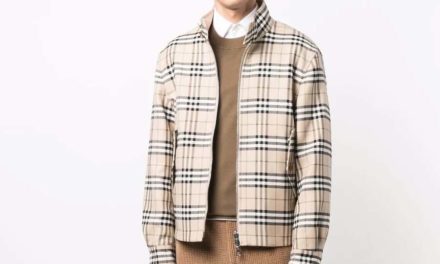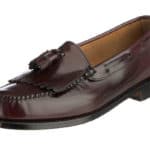Louis Vuitton
Louis Vuitton was a French box-maker and packer who founded the luxury brand of the same name over 150 years ago. From humble beginnings in the French countryside, Vuitton’s skill, innovation and determination quickly saw his signature trunks coveted by the world’s elite. Now, with Marc Jacobs at the helm as creative director since 1997, the house has expanded its offering to include bags, clothing, shoes, accessories and jewellery, making it one of the most valuable luxury brands in the world.

Vuitton was born on August 4, 1821 in Anchay, a small working-class settlement in the east of France. His father, Xavier Vuitton, was a farmer and his mother, Coronne Gaillard – who died when he was 10 – a miller. At the age of 13, tired of provincial life and of his strict stepmother, Vuitton left home for Paris. The 292 mile journey took him two years on foot with stops to carry out odd jobs to support himself along the way.
Upon arrival in Paris in 1837, Vuitton became an apprentice at a successful box-making and packing workshop – a craft that was highly respected at the time. Within a few years he had gained a reputation as one of the best in his field in the city. Vuitton’s fortunes rose again in 1853 when he was appointed the personal box-maker and packer of the Empress of France, Eugenie de Montijo – the wife of Napoleon Bonaparte. The Empress charged Vuitton with beautifully packaging her clothes for transportation between the Tuileres Palace, the Château de Saint-Cloud and various seaside resorts. The position opened the doors to a new class of elite and royal clientele.

In 1854 Vuitton married 17-year-old Clemence-Emilie Parriaux. Shortly afterwards he left the shop he had apprenticed for and opened his own box-making and packing workshop in Paris. The sign outside read: “Securely packs the most fragile objects. Specialising in packing fashions”. He also began creating his trunks in canvas instead of leather, which gave them the advantage of being hard-wearing and waterproof.

Four years later, Vuitton introduced stackable rectangular shaped trunks to a market in which they had previously been rounded. Demand for the innovative and convenient trunk, which addressed the requirements of increasingly popular travel by train, was such that he had to expand into a larger workshop outside of Paris.
















